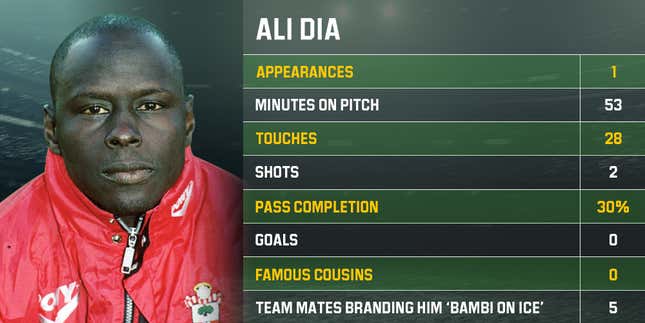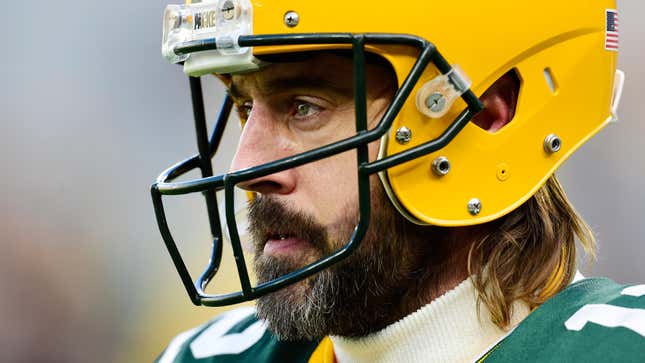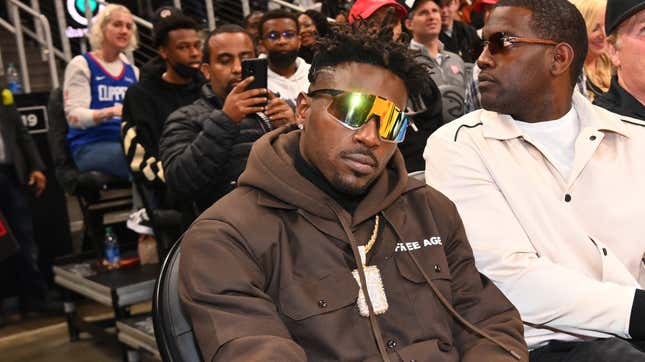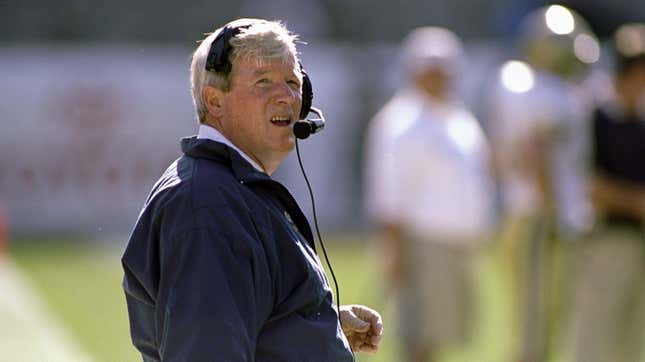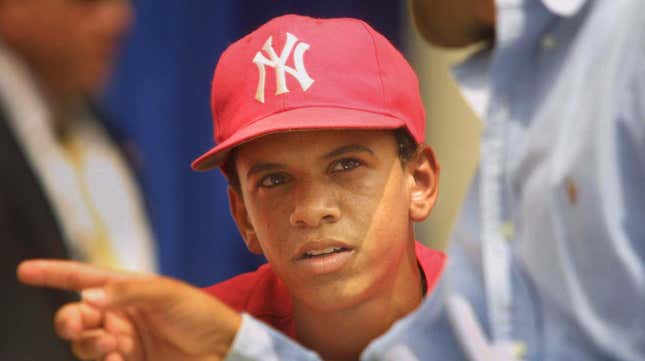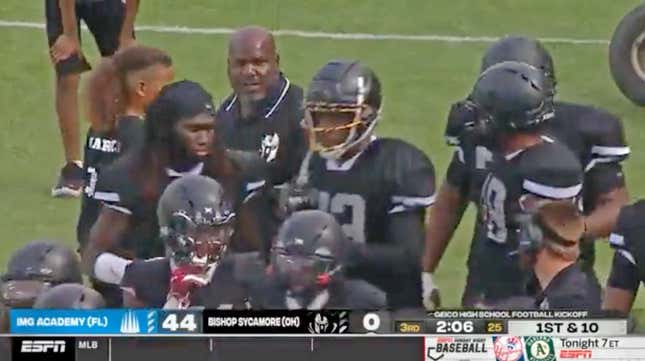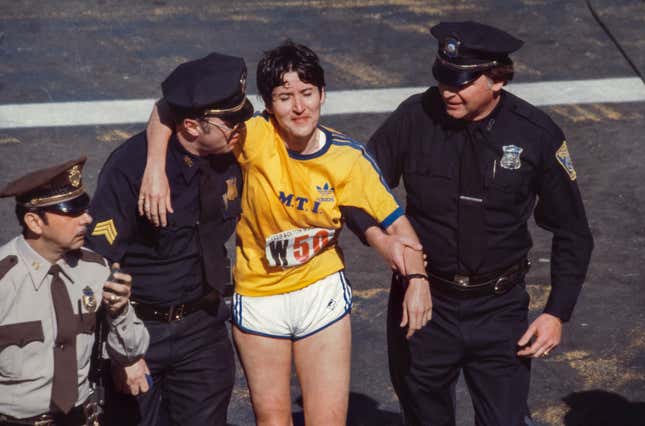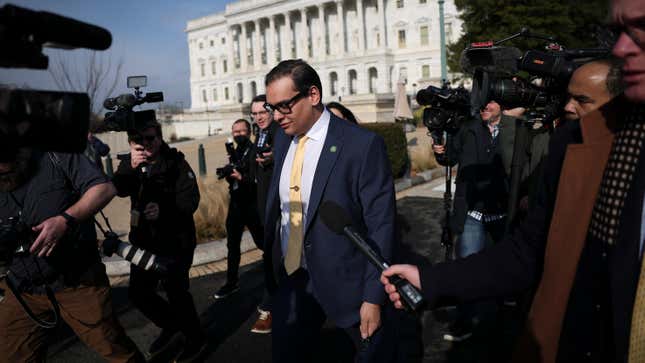
George Santos, Anthony Devolder, or whatever identity he’s assumed by the time this is published, pulled off one of the most daring cons in U.S. history during the midterm election cycle. In an era of con artists exploring extreme lengths to swindle their way into office, Santos faking a resume, spending months convincing party leaders, then voters living in the media capital of the world to seat him for a two-year Congressional term is in a class of its own.
Typically, the allure of the confidence game is skipping town when their objective is complete and before the jig is up, but Santos stepped in quicksand. Along with the bevy of allegations against the U.S. rep for N.Y.’s 3rd congressional district, his sketchy campaign benefactors, his even more bewildering backstory, and the other skeletons in his closet, is that he lied about a prominent volleyball career at Baruch College — a college he never even attended. That revelation drew chuckles, but serves as a reminder of the depths of Santos’ lies.
He expounded on those claims in radio interviews and even concocted a story about slaying Harvard, and Yale, and sacrificing his body, undergoing double knee replacement surgery during his accomplished volleyball career.
In observance of George Santos’ maneuvering under the sports penumbra, allow me to dive into the most deliberate cons on this side of the fence and most importantly, how they got caught.
